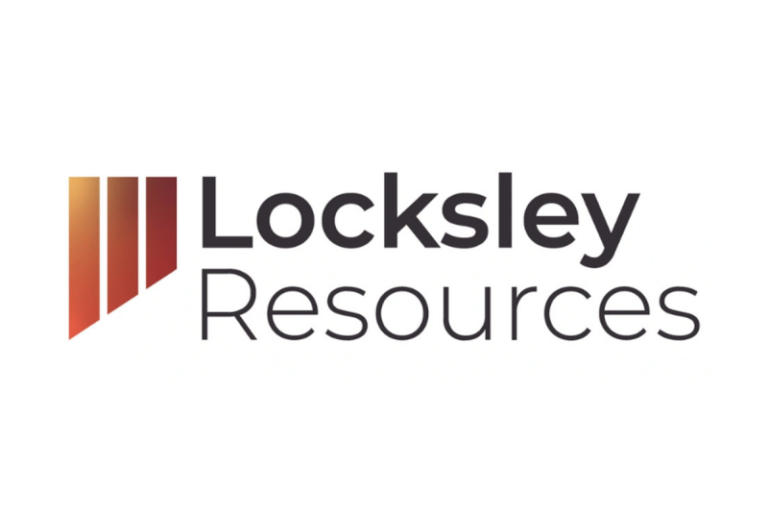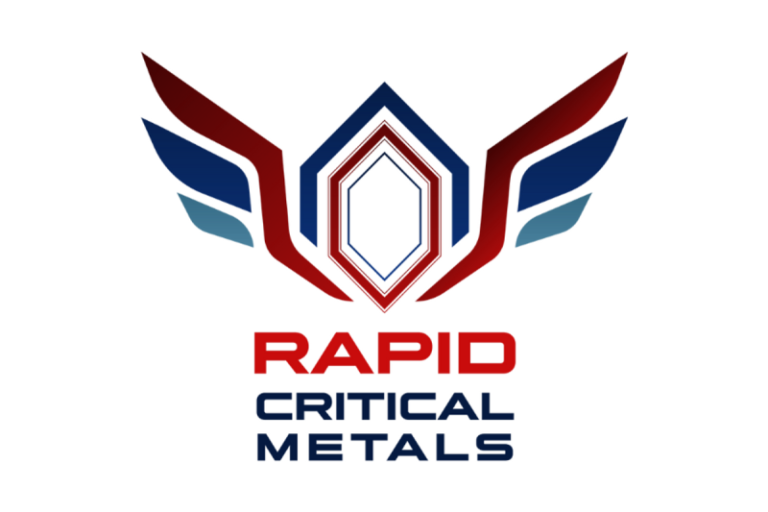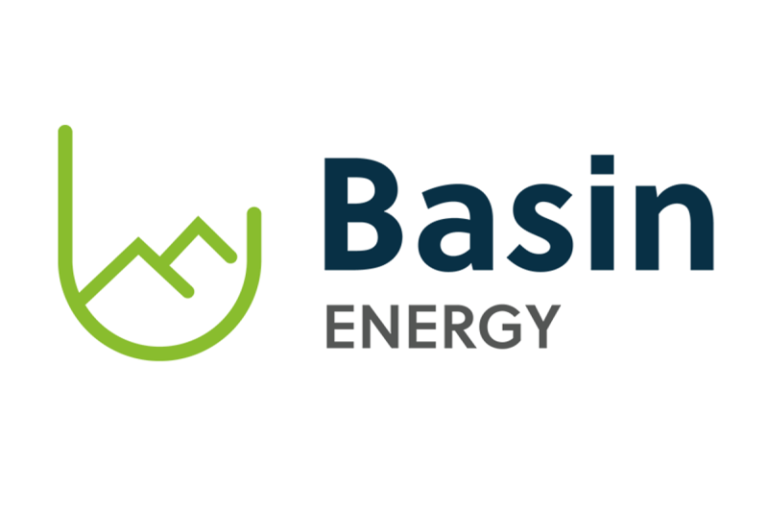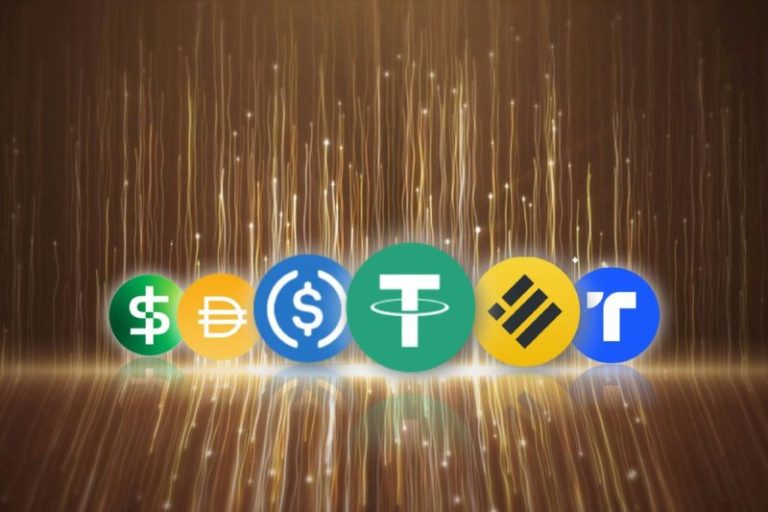Investor Insight
Basin Energy offers uranium and rare earth exposure through high conviction exploration projects within tier-1 jurisdictions.
The group’s primary focus is the testing of district scale uranium and rare earth potential at the Sybella Barkly project, located directly west of the prolific mining town of Mount Isa, in northwest Queensland. These projects are deemed prospective for roll-front uranium, shear hosted hard rock uranium, sediment/ionic clay hosted rare earth elements and for hard rock rare earths. Evidence in support of this comes from the direct proximity and geological analogies to both ASX Paladin Energy’s Valhalla uranium deposit and its uranium source, the Sybella Batholith and for rare earth potential adjacent to ASX Red Metal’s Sybella Discovery.
The company also provides strategic exposure to three projects in Canada’s Athabasca Basin, the heartland of uranium exploration, where it is partnered with TSXV CanAlaska uranium and has a strategic early mover position in the emerging energy metals districts of Sweden and Finland ranked 6 and 1, respectively on the Fraser index in 2024.
With a technically driven exploration focus for uranium and rare earth minerals within tier-one jurisdictions, Basin Energy is well-positioned to capitalize on the global push for clean energy.
Overview
District Scale Uranium and Rare Earths Opportunity – Queensland Australia
Basin holds 5,958 sq km of exploration tenure in the Mount Isa district of northwest Queensland. The projects provide compelling walk-up drill targets that can be rapidly and cost-effectively tested using air core and reverse circulation (RC) drilling.
The drill-ready, district scale opportunity includes:
- Paleochannel roll front uranium
- Sediment and ionic clay hosted rare earth elements
- Hard rock, granite hosted rare earth elements
In addition to these three district-scale targets, the project area contains multiple shear-hosted Valhalla-style uranium targets defined for immediate assessment.
Project location map
The primary model is based on mineralisation sourced from the various granites of the Sybella Batholith, a large north-south trending igneous body containing zones enriched in rare earth elements. This includes the Red Metal (ASX:RDM) giant Sybella Discovery. Several granites from the Sybella are also uranium rich, potentially being the source of Paladin Energy’s (ASX:PDN) Valhalla deposits.
The projects cover an extensive portion of the Sybella Batholith, deemed prospective for granite-hosted REEs, as well as a significant landholding west of the Sybella, known as the Barkly Tablelands. The Barkly Tablelands are regarded as prospective for sediment-hosted mineralisation and was surveyed with airborne electromagnetics (AEM) by Summit Resources in February 2007, prior to its acquisition by Paladin Energy. Whilst numerous targets were identified, no drilling was completed at the time. Importantly, past exploration focused mainly on base metals, phosphate and water bores, meaning the uranium and rare earth potential remains virtually untouched.
Prospective target concepts
Paleochannel Roll-Front Uranium Potential – District Scale Target 1
The Summit Resources AEM survey identified an extensive network of paleochannels within the Barkly Tablelands, fed from the uranium-rich Sybella Batholith. This network trends south beyond the limits of existing survey data, suggesting even further potential remains to be identified.
Historical drilling in the area noted geological features typically associated with uranium deposits, such as redox fronts, sandstone channels and impermeable cap rocks. However, no uranium assays were conducted at the time.
Given the Sybella granites are considered the potential source of Paladin’s nearby Valhalla uranium deposits, Basin believes significant uranium will have also been transported into these paleochannels through erosion and chemical leaching processes. Previous work by Summit Resources and Furgo has already prioritised several high-potential targets. Basin plans to complete a first pass aircore drilling program to delineate this potential in Q4 2025.
Ternary radiometrics and AEM conductivity depth slice (paleochannels are projected to surface)
Sediment and Ionic Clay Hosted REE Potential – District Scale Target 2
Surface and auger geochemistry sampling across the Barkly Tablelands has confirmed significant REE enrichment, with multiple results exceeding 600 ppm TREO. The sediments are directly sourced from the Sybella Batholith with the highest of these values located directly down drainage catchments linked to Red Metals Sybella Discovery.
Sediment-hosted REEs and target zones
Previous AEM surveys also revealed a broad conductive layer within the Barkly Tablelands sediments, approximately 12 metres thick at shallow depths between 20-32 metres, and covering a footprint of over 1,000 sq km. This layer is interpreted to represent a clay-rich unit capable of hosting ionic clay REE deposits.
AEM outlining laterally extensive conductive sediment target
Granite Hosted REE Potential – District Scale Target 3
The various granites that make up the Sybella contain zones of enriched REEs, including the Red Metal (ASX:RDM) owned Sybella Discovery.
Basin’s ground includes several prospects (Newsmans Bore, Eight Mile and Threeways) where a shallow proof of concept auger drilling program returned highly encouraging results in 2023.
The most encouraging results from the auger drilling at Newmans Bore reported at over 0.5 m at >1000 ppm TREO, including:
- SYAH23-020 – 5.0 m @ 1,951 ppm TREO with 578 ppm Nd+Pr oxide combined (including 3 m @ 705 ppm) from 4 m to end of hole
- SYAH23-006 – 2.5 m @ 1,343 ppm TREO with 248 ppm Nd+Pr oxide combined from 5 m to end of hole
- SYAH23-018 – 0.5 m @ 1,996 ppm TREO with 465 ppm Nd+Pr oxide combined from 2 m to end of hole
- SYAH23-131 – 2.6 m @ 1,535 ppm TREO with 329 ppm Nd+Pr oxide combined from 3 m to end of hole
These results are very significant, as mineralisation continued to the end of hole and closely mirrors the geochemical patterns seen by Red Metal prior to their Sybella discovery.
Auger drilling completed by NeoDys, with highlights from Newmans Bore
Red Metals Discovery REE anomaly
Red Metal utilised RC drilling beneath this anomaly and identified broad zones of rare earth anomalism, which led to the Sybella discovery. NeoDys’ auger drilling across Basin’s project has outlined similar levels and scale of rare earth anomalism, demonstrating strong potential for comparable discoveries. See figure below.
Stylised section of NeoDys Newmans Bore auger drilling
The next phase for Basin will be to conduct deeper RC drilling to test potential continuity of these anomalies. Drilling is proposed for Q4 2025.
Hard Rock Shear-Hosted Uranium Valhalla Style Targets
In addition to the three district scale targets, Basin also sees strong potential for Valhalla-style shear zone uranium mineralisation within the North section of the license. Airborne radiometric data highlights several anomalies crossing both the Sybella granite and the Cromwell metabasalt, features consistent with the alternation patterns seen at other uranium deposits in the region. The scale and geological setting of these radiometric anomalies draws comparison to Paladin Energy’s Mount Isa (Valhalla) project, which contains 148.4 Mlbs of U3O8 at 728 ppm, and a combined 116 Mlbs within the Valhalla, Odin and Skal resources located just 7 km east of Basin’s license
Filtered airborne radiometric data (isolating high-U, low-K rocks) highlighting several potential Valhalla-style shear zone targets in the Cromwell Metabasalt and the adjacent Sybella Batholith
Company Highlights
- Strategic exposure to district-scale opportunities with the potential to transform into world-class discoveries, delivering exceptional leverage on exploration success
- Drill-ready Queensland projects positioned for rapid advancement, leveraging low-cost exploration techniques to deliver high-impact results.
- Pure uranium exposure to the Athabasca Basin through partnership with CanAlaska Uranium, fresh off discovery success at West McArthur.
- Early mover position in the Nordics ready to capitalise as Sweden reverses its uranium mining moratorium (effective Jan 1, 2026), unlocking access to Europe’s largest uranium endowment and elevating Nordic exploration upside.
- Exposure to uranium (supply shortfall + nuclear demand growth) and rare earths (critical to EVs and renewables, with limited global supply), both sectors positioned for sustained upside.
- Exploration leverage in globally ranked, mining-friendly jurisdictions Finland, Saskatchewan, Sweden, and Queensland minimizing geopolitical risk while maximizing discovery upside.
- Experienced Team: Leadership includes veterans of uranium discovery and development, with direct experience in Athabasca Basin and international uranium markets.
Key Projects
Strategic Global Uranium Exposure
Basin holds interests in three projects, in partnership with TSX-V CanAlaska within the heartland of the world class Athabasca Basin uranium district. The company’s primary focus here is on the Geikie project where early drilling has identified a significant alteration system with analogies to major basement hosted uranium deposits of the district such as Nexgen energy’s prolific Arrow discovery. The company is actively seeking partnerships for the Marshall and North Millennium projects, which are prospective for unconformity style mineralisation with walk up drill ready targets.
Canada – Athabasca Basin
Geikie Project
The Geikie Project spans 351 sq km on the eastern margin of the Athabasca Basin and benefits from excellent access, with Highway 905 just 10 km to the east.
This underexplored region is considered highly prospective for shallow, basement-hosted uranium mineralisation. Historically overlooked in past exploration campaigns, the area has seen renewed interest following recent basement-style uranium discoveries elsewhere in the district.
Project Highlights:
- Drilling Results & Exploration Potential
- Uranium intersected in 6 of 16 holes including 0.27 percent U₃O₈ over 0.5 m at Aero Lake and 263 ppm U₃O₈ over 9 m at Preston Creek
- Pathfinder elements (notably lead isotope anomalies) were identified in 10 of 16 holes
- Structural & Geological Highlights
- Large-scale structural corridors identified—capable of transporting and hosting high-grade uranium
- Extensive hydrothermal alteration confirms a robust, active fluid system
- Uranium assays validate the mineralised system
- Targeting & Exploration Potential: Multiple near-surface drill targets defined using geological data from 2023–2024 drilling and integrated airborne and ground geophysical datasets.
- High-resolution airborne gravity surveys have successfully mapped basement-hosted alteration systems, identified intense gravity lows aligned with structural corridors and enhanced targeting confidence on the outer edge of the Athabasca Basin.
In 2025, Basin Energy addedtwo new claims to the Geikie uranium project, consisting of 22.3 sq km, bringing the total project area to 373.1 sq km. Mineral claims MC00022218 and MC00022219 are contiguous to the Preston Creek prospect, where 2024 drilling outlined a large-scale hydrothermal system within a complex structural corridor with uranium anomalism.
Scandinavia – Sweden and Finland
Basin has secured 100 percent ownership of multiple reservations and licences across Sweden and Finland, prospective for uranium and critical green energy metals. This portfolio targets shear-hosted and intrusive-related mineralisation and consists of five exploration licenses within Sweden and five reservations in Finland. In 2025, Basin Energy announced theapproval for the Trollberget project application located in Northern Sweden, between the Björkberget and Rävaberget projects within the Arvidsjaur-Arjeplog uranium district. The project added 116 sq km of exploration land, increasing Basin Energy’s total holding to 219 sq km within this highly prospective uranium and green energy metals district.
Exploration Updates: Virka & Björkberget
- Structural Relogging Completed
- Detailed relogging of 48 historical drillholes completed across the Virka and Björkberget projects.
- Björkberget: Structural data now available for 28 priority holes; 137 samples submitted for multi-element analysis, with an additional 71 samples prepared for shipment.
- Virka: All historical core relogged; samples are awaiting shipment for lab preparation.
- Key mineralising structural trends identified in core, with associated alteration and mineral assemblages (pending results) to inform future drill targeting.
- High-Grade Surface Results Confirmed
Pulp re-analysis by fusion XRF of two surface samples initially above detection limits (>2.95 percent U₃O₈) confirmed exceptionally high uranium grades:
- BJK004: >5.9 percent U₃O₈ from a granite boulder with visible yellow oxide staining at the base of an outcrop
- BJK008: 5.4 percent U₃O₈ from a rhyolitic/fine-grained granite boulder with visible mineralisation and yellow oxide staining
These results reinforce the high-grade uranium potential of Basin’s Scandinavian portfolio and will directly guide the next phase of drill targeting.
Management Team
Blake Steele – Non-executive Chairman
Blake Steele is an experienced metals and mining industry executive and director with extensive knowledge across public companies and capital markets. He was formerly president and chief executive officer of Azarga Uranium (Azarga), a US-focused integrated uranium exploration and development company. He led Azarga into an advanced stage multi- asset business, which was ultimately acquired by enCore Energy (TSXV:EU) for C$200 million in February 2022.
Pete Moorhouse – Managing Director
Pete Moorhouse has 18 years of mining and exploration geology experience with extensive experience in the junior uranium sector, having spent over 10 years with ASX-listed uranium explorer and developer Alligator Energy (ASX:AGE). He holds significant competencies in evaluating, exploring, resource drilling and feasibility studies across many global uranium and resource projects.
Cory Belyk – Non-executive Director
Cory Belyk holds 30 years’ experience in exploration and mining operations, project evaluation, business development and extensive global uranium experience most recently employed by Cameco in the Athabasca Basin. He was a member of the exploration management team that discovered Fox Lake & West McArthur uranium deposits. Currently CEO/VP of Canadian Athabasca uranium explorer and project generator, CanAlaska (TSXV:CVV).
Matthew O’Kane – Non-Executive Director
Matgthew O’Kane is an experienced executive and company director with over 25 years’ experience in the mining and mineral exploration, commodities, and automotive sectors. He has held senior leadership roles in Australia, Asia and North America, in both developed and emerging markets, from start-up companies through to multinational corporations. He has served on the Board of mining and mineral exploration companies in Canada, Hong Kong and Australia. He was a member of the Board of Azarga Uranium from 2013 until its sale to Encore Energy in February of 2022. He is currently a director of two ASX listed exploration and development companies.
Ben Donovan – Company Secretary
Ben Donovan has over 22 years of experience in the provision of corporate advisory and company secretary services. He holds extensive experience in ASX listing rules compliance and corporate governance and has served as a Senior Adviser to the ASX for nearly 3 years Currently CoSec to several ASX listed resource companies including M3 Mining (ASX:M3M), Magnetic Resources (ASX:MAU) and Legacy Iron Ore (ASX:LCY).
Odile Maufrais – Exploration Manager
Odile Maufrais is an exploration geologist with over 14 years of experience and has an extensive understanding of the uranium exploration and mining industry, having worked at ORANO, one of the largest global uranium producers, for 12 years on various assignments in Canada, Niger, and France. Maufrais has significant Athabasca Basin-specific experience, being involved in over 15 greenfield and brownfield uranium exploration projects located throughout the Basin. Her most recent roles for ORANO comprised leading various uranium exploration campaigns and being an active member of the ORANO research and development team, which involved working on trialing and implementing cost-effective and streamlined drilling techniques within the Athabasca Basin. She also played a key role in the update of the National Instrument 43-101 compliant mineral resource estimate for the Midwest Main and Midwest A deposits. Maufrais holds a Master of Science from Montpellier II University, France.
This post appeared first on investingnews.com










